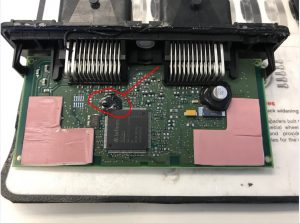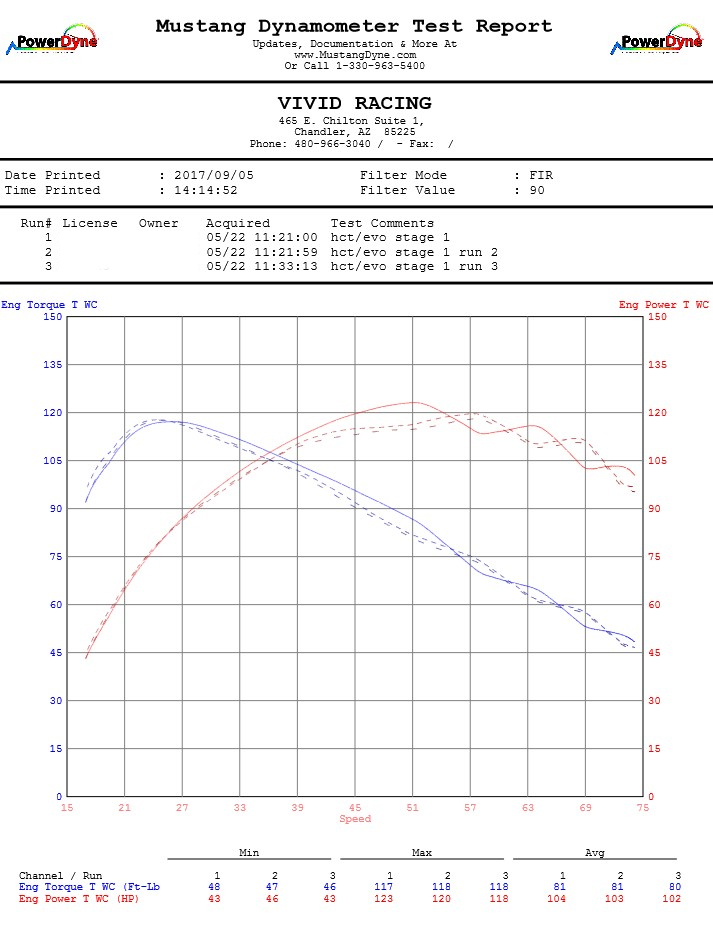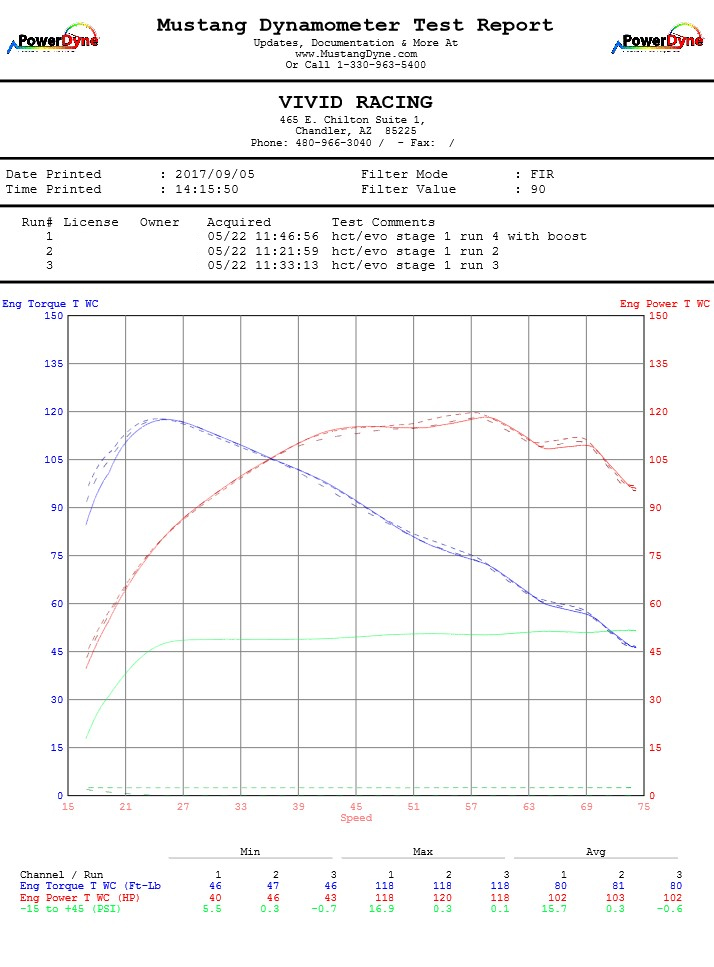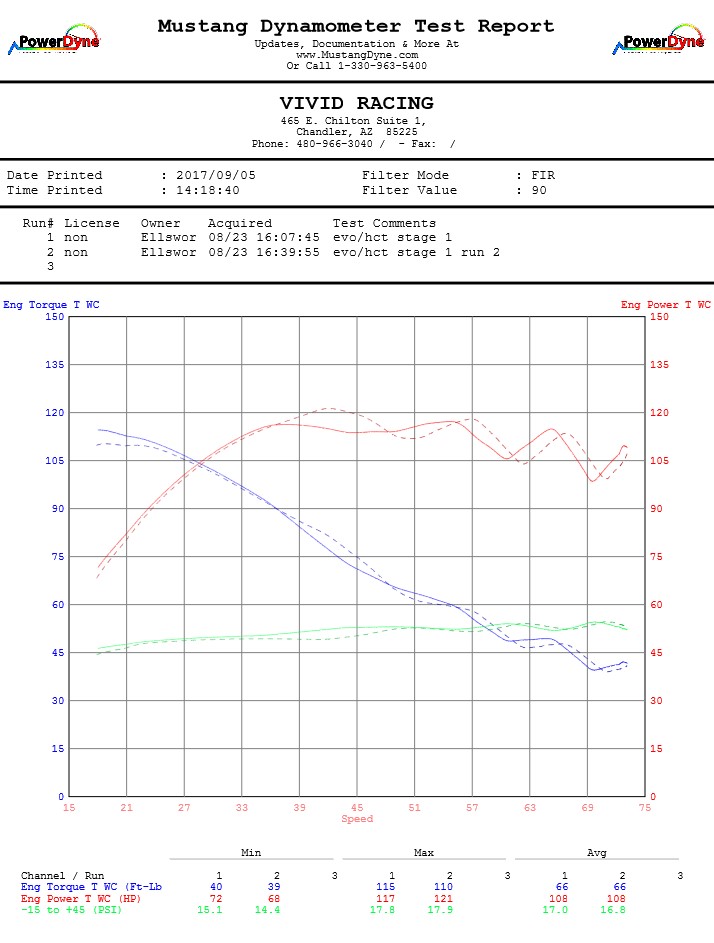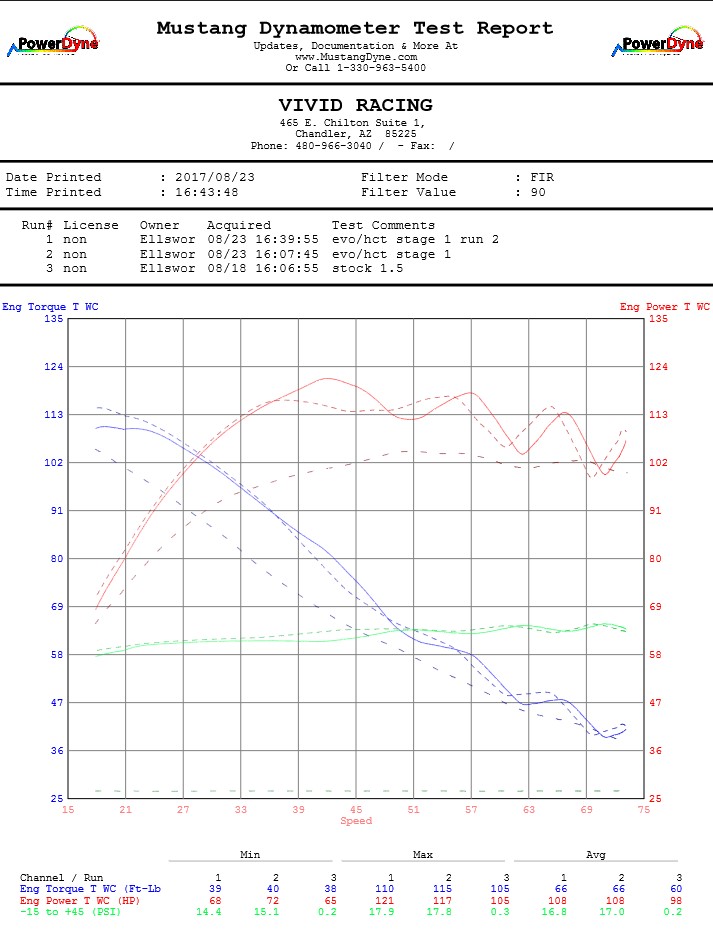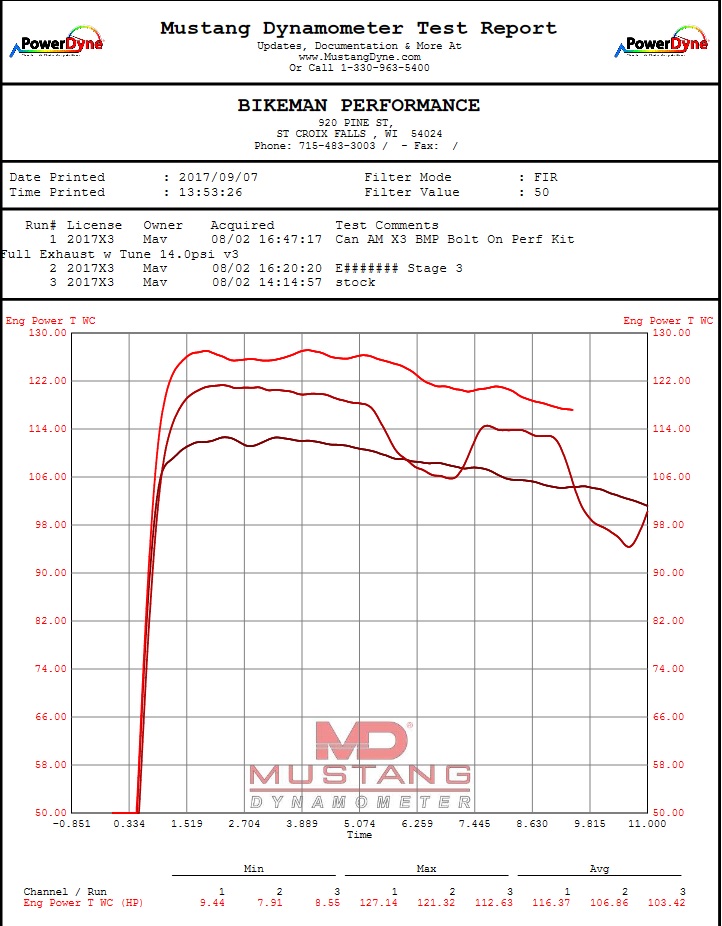Want to understand Can-Am X3 tuning better? Why is one flash better than the other? VR Tuned is going to breakdown what some companies tunes really do when tested. We are no stranger to controversy, but definitely are extremely transparent. Previously, we showcased our VR Tuned ECU flash in comparison to the competition tune and what theirs really does on the Polaris RZR XP Turbo here. Now we are back at it with the 2017 Can-Am Maverick X3 Turbo. Located here in Gilbert, Arizona, we have a Mustang All Wheel Drive dyno that has been running high horsepower cars since 2005. In business since 2001, we have a strong reputation as one of the best parts suppliers worldwide. Involved in our own tuning since 2014 after years of selling others products, we have continually provided a great tuning product for many different vehicles.
Our Can-Am tuning project started in April 2017. We had a couple objectives with this project at hand. First we wanted to know what our competition really put down to the wheels. One of the many tricks of tuners is to showcase crank horsepower gains or show the performance from higher octane such as 95+ octane. There is a big difference when you run 91 or 93 and even more when you are running 95-100 octane. Another marketing trick is when shops test on a DynoJet. A DynoJet gives you large wheel horsepower numbers. But what matters is the delta (difference between stock and tuned). If your vehicle made 180 horsepower but baselined at 170 horsepower, you made 10. But if your vehicle made 120 horsepower and baselined at 100 horsepower, you made 20. I think I would rather have the 20 horsepower gain! Peak numbers are not as important as what the overall gain is. If you really want to see the gains of your vehicle, the best way is with a Performance Box. These GPS devices cannot be tricked. But a true 0-60mph time on a flat zero degree plain will give you even more validation to your performance. A lot of variables can go into any dyno testing. We always try to keep our variables controlled such as the vehicle, temperature, fan conditions, octane used, dyno calibration, etc. The Mustang Dyno that we use at Vivid Racing gives you the most realistic wheel horsepower numbers you will find. To understand how the Mustang Dyno works, read here.
Our second goal after having a good baseline of stock and the competitors tuned file is to create our own. There are two parts to tuning any vehicle. First you need to be able to read and write the software from the ECU. Tuning the Bosch ME17.8.5 ECU found in the Can-Am can be done via the bench (where it is opened up) or through the diagnostic port as seen using the VR Tuned iFlash. Manipulating the actual maps to improve the vehicles performance is done in a binary/hex editor or file editor system. There are many different companies that provides these on a professional level. The tuning involves making changes to maps for the vehicles fuel, timing, boost pressure, torque limiters, vmax, rpm limit, and more. The locations of these area are found in definition files that professional tuning tools provide. Once you have the location of these maps, you can begin to make changes.
Have you used a binary editor before? Check out this Can-Am X3 stock file.
Now it is a pet peeve of ours to show off others paranoia. When you pay a company to flash YOUR ECU, that is YOUR ECU and not the tuning company. If you choose to take your vehicle to another tuner, another shop, etc, there should be no manipulation or alteration to the processor of the ECU. Unfortunately if you had your Can-Am X3 or other UTV flashed by this particular company where you had to send in your ECU, they put epoxy on the boot pin to “prevent” people from reading out the ECU on the bench. When the ECU is opened up to be flashed, say goodbye to your warranty. Dealers will immediately look at the ECU first. Sure you can have another ECU to put in the vehicle, however that ECU can cost you close to $1000 for a replacement. Second, you and other shops are “locked” out of the ECU. If they need to make changes to it for a new direction in your build, they can’t. This so called protection can easily be removed if you know what you are doing or have the ability to simply use YouTube.
If your ECU has been altered with epoxy, demand an immediate refund or replacement! VR Tuned NEVER alters your ECU. Click to see larger size.
Now to begin our testing. We started with this stock 2017 Can-Am X3 here in Arizona on 91 octane. With temperature in the 90F, we started off by running what their “Stage 1” file is called. Ironically after looking at their software for the Stage 1, 2, and 3, there is NO difference between the files of their Stage 2 and Stage 3 that are sold. There is a slight difference in the Stage 1 and 2 files. Our ideology is to give you the BEST file the first time as Stage files are a gimmick to charge you more. If there are no changes to the fuel components, engine internals, or turbo, there is no need for different stages. Our first dyno test as seen below was 3 runs of the Stage 1 file. With the first test done and looking EXTREMELY odd with its wave pattern at the mid to top end, we ran 2 more tests. This wave pattern was consistent each time. Researching the issue, someone suggested that the primary and secondary clutch could be locking out. After checking for any boost leaks or mechanical issues, we found nothing. Even recorded what the RPM gauge was doing during these runs, WATCH HERE.
We even ran a 4th run and this time logged boost pressure. You can see boost held consistent all the way through the pull.
So to make sure there was no issue with the vehicle, we flashed back to a stock file. You can see that 2 stock runs there were no oddities. Naysayers or loyalists would say this is because of the increased boost pressure, maybe a diverter valve, bad plugs, etc. However when you flash back to the tune, the same issues occur. When we put the tuned file against the stock file, we only saw a peak gain of 9 horsepower and 3ft/lbs of torque. So……
Fast forward 3 months and here is another bone stock 2017 Can-Am X3 with the same Stage 1 flash. We ran the car 2 times to see if this wave would change and it did not. Boost pressures were consistant as well. With this can of worms opened up, we begin to ask other people with this tune and flash if they have experienced a similar affect. Some reported seeing the same scenario as tested on a DynaPak dyno. Another very well known UTV shop/tuner that had tested this file had the same experience. I would bet a $1000 that any other Can-Am with this Stage 1 or 2 file would do the same on the dyno.
So what did this Stage 1 file make? You can see below that it baselined with a peak horsepower of 105hp and 105ft/tq. Out of the two tuned file runs, the best was 121hp and 110ft/lbs of torque. Peak power was early in the mph with a 15ft/tq gain at 33 mph and 18hp at around 40 mph. Whatever is going on at the rest of the power curve we are not sure about.
Oddly enough, we are not the only one that has had issues. Looks like the well respected Bikeman Performance has also tested the EVO Powersports flash with problems.
This is our independent test of another product. Keeping variables consistent and being transparent about the tests allow for honest results. During these 3-4 months we have been developing our own flash for the Can-Am X3 that runs smooth, makes more power, and improves the overall driveability. In addition, we created a flashing tool so customers and dealers no longer have to send in their ECU to be bench flashed. Unlike other tools such as the MapTuner, this flash does not require licenses, additional costs per file, and can be used immediately without waiting for some reseller to activate it. We also developed another product called the Tuning Box (to be launched soon). The tuning box is a plug and play solution to still gain 15 horsepower without touching the ECU. To say we have been busy is an understatement!
So how is your Can-Am ECU Flash better?
Chapter 2 coming soon…. Stay tuned to the VR Tuned Blog!
10/5/17 Chapter 2 is Here – READ ON




